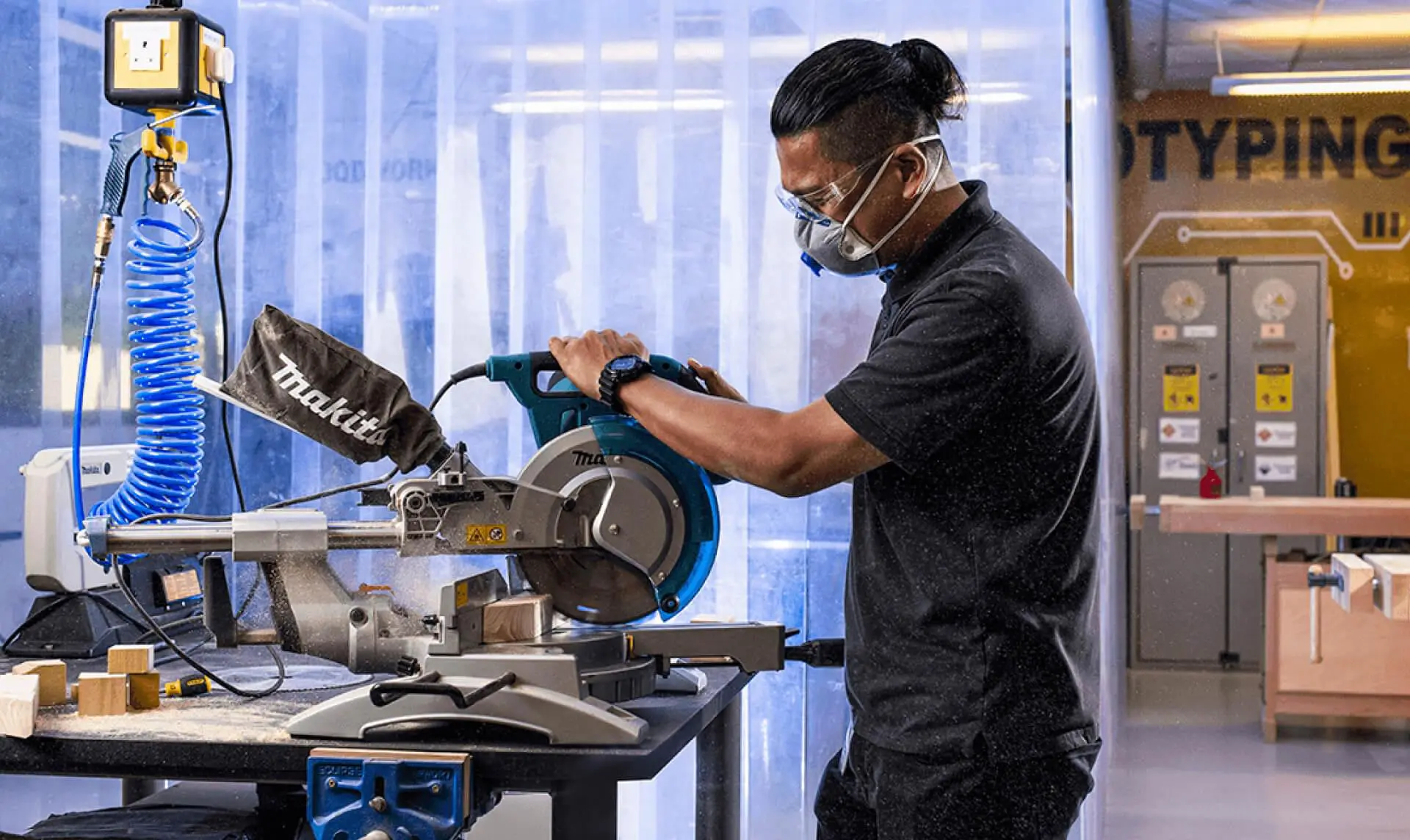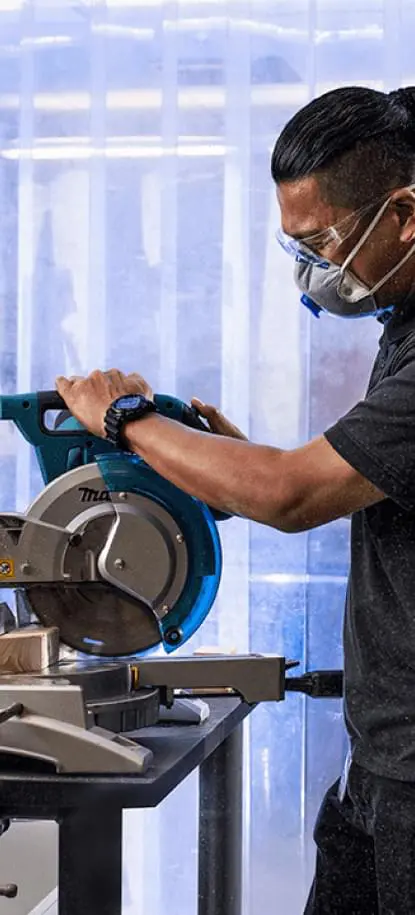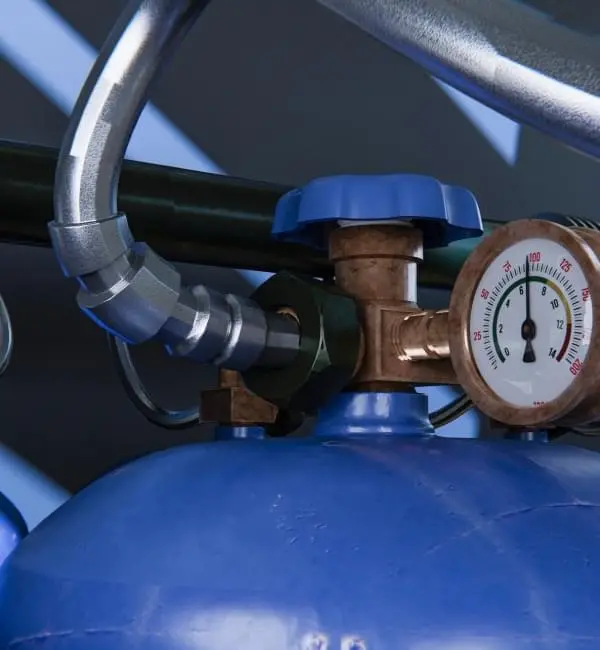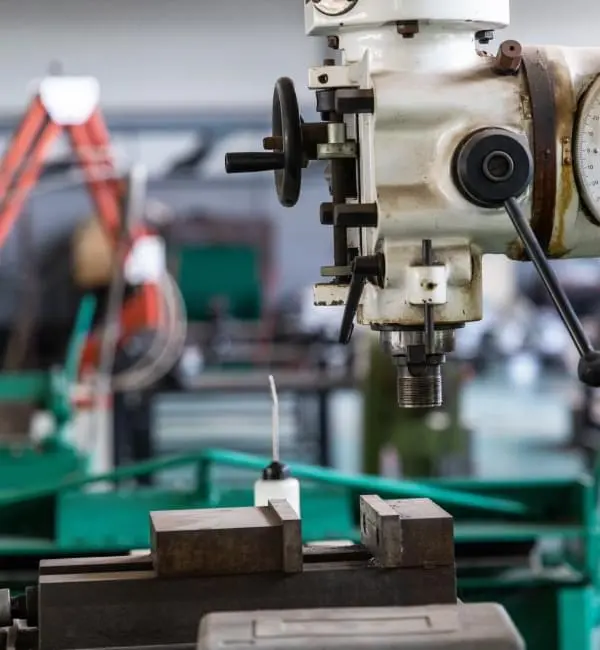




Quick Links:







Physical, mechanical and electrical hazards.
Laboratory hazards include not only chemical and biological hazards but physical hazards as well. These include, but are not limited to, slips, trips, and falls, sharps, compressed gases, pressurized equipment, electrical equipment, lasers, radiation, mechanical hazards, noise, and thermal hazards.
The following sections covers the following areas:

High pressure vessels can present physical hazards due to use under conditions of elevated pressure and/or temperature. The greatest hazard when working with pressure vessels, besides the chemicals that are reacting inside, is the potential physical hazard of container failure.
When anything is held at a higher temperature/pressure than the surrounding conditions, there is risk for rupture of the vessel if components fail or if pressure or temperature ratings are exceeded.


Electricity is a safe and reliable energy source; but, like any other type of energy, it can be hazardous if not used with caution. We rely on electricity, but sometimes underestimate its capability of causing injury.
The information presented on this page is available to ensure that you have the adequate information to stay safe around electrical hazards. Electrical safety training resources are also provided in this page. Please contact hse@kaust.edu.sa for more details and information.
In KAUST there are several, state-of-the-art, machinery and mechanical tools workshops for serving the researchers in their prototyping and fabrication projects. All of these workshop spaces, machines, and tools are controlled and managed by the“The Prototyping and Product Development Core Lab”.


3D printers, also known as Additive Manufacturing (AM) systems, have revolutionized fabrication, enabling the creation of physical objects from various materials. They are increasingly utilized across research fields for their versatility. However, the use of 3D printers comes with safety concerns due to potential hazards such as emissions, heat, and mechanical risks. This website provides crucial information regarding these health and safety risks, along with recommendations for the safe handling and use of 3D printers.
Owners of 3D printers are strongly encouraged to register their equipment in the KAUST research equipment database to ensure compliance and safety monitoring.